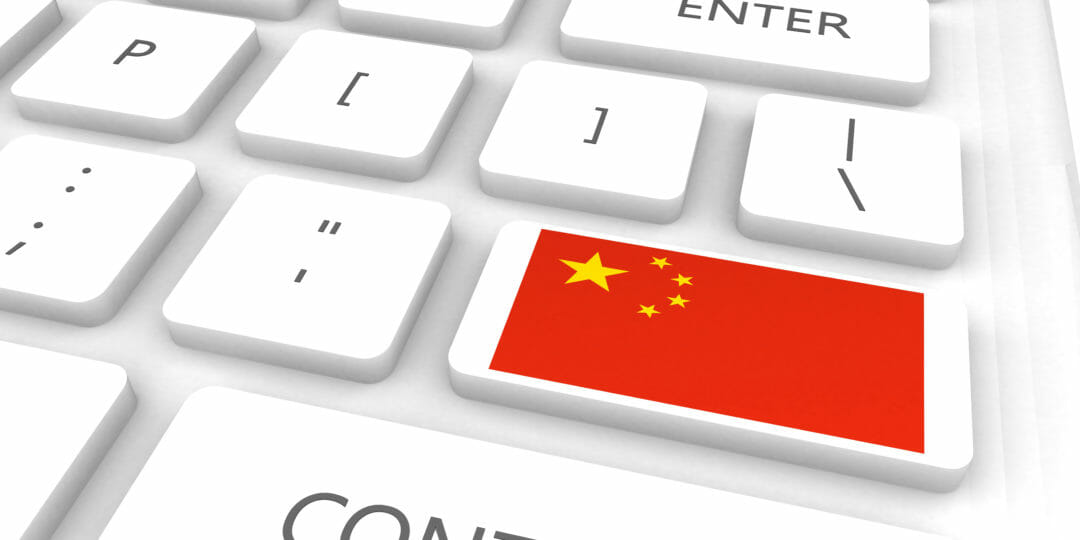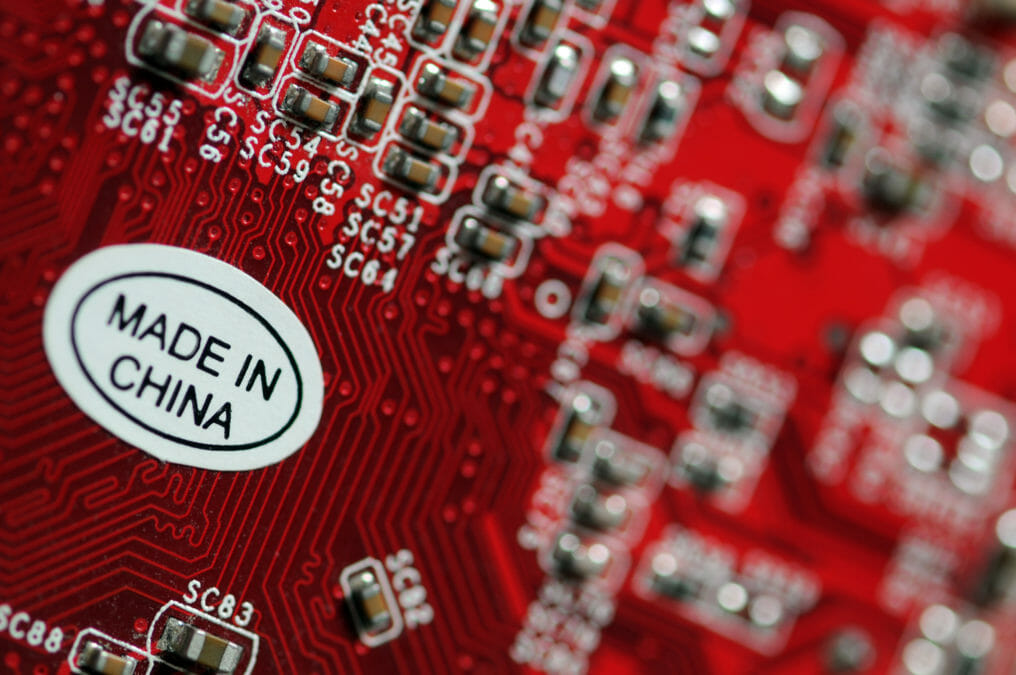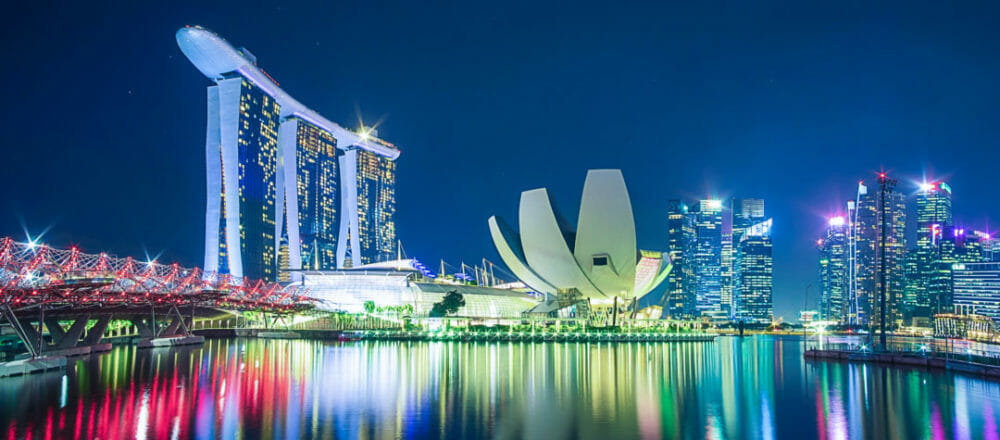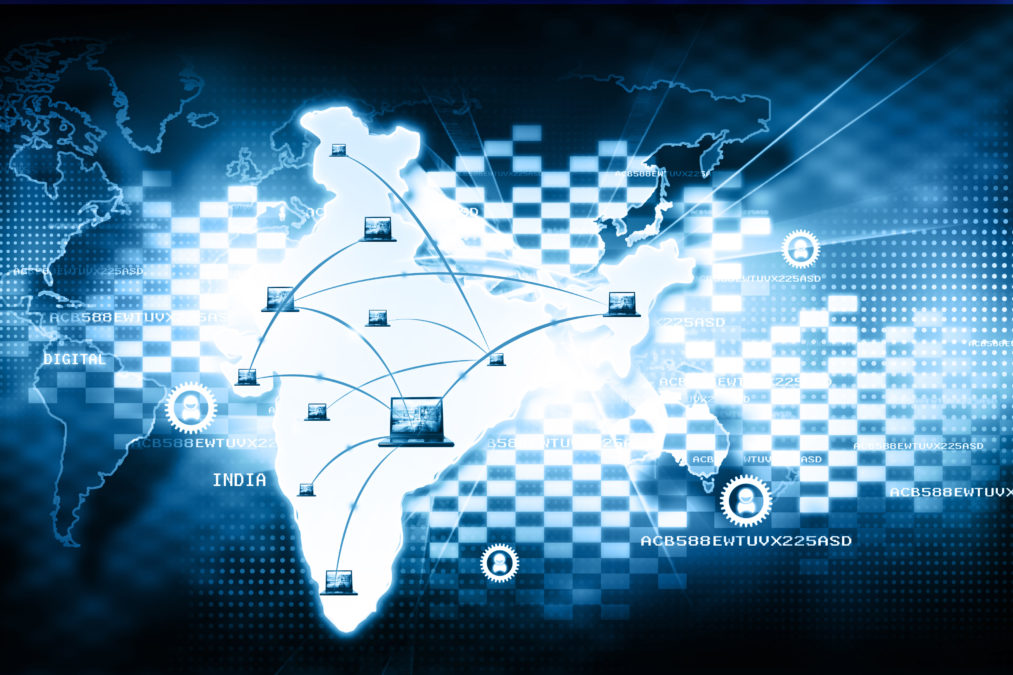Successfully achieving a connected, digital future in the Asia-Pacific region took a giant leap forward this week.
Between June 25-26, the 32 members of the Asia-Pacific Telecommunity (APT) met in Singapore to commit to a connected digital future for the region by adopting a set of five strategic goals.
This announcement was preceded by a media Q&A with S Iswaran, Minister for Communications and Information in Singapore and the Chairman of the Asia-Pacific ICT Ministerial Meeting; where he discussed maintaining digital trust, fostering digital trade, closing the digital divide and the impact of 5G at the inaugural Smart Nation Summit.
Digital transformation across sectors: driven by consumer demands — Smart Nation Summit
What is the Asia-Pacific Telecommunity?
The APT was established in 1979 with 15 Members, including Singapore. It has since expanded to 38 Members, 4 Associate Members and 136 Affiliate Members. The APT is the only treaty-based intergovernmental organisation in the field of telecommunications/ICTs created for the Asia-Pacific region. It has played a key role in fostering regional cooperation and facilitating developmental initiatives, forums and capacity building programmes to support these developments.
25 June 2019 was the 40th anniversary of the founding of the APT
Five strategic goals
What are the five strategic goals for securing a digital future in the Asia-Pacific region?
1. Digital transformation which aims to provide an enabling environment for telecommunication/ICT development through improved telecommunication/ICT connectivity and access for citizens and businesses so as to accelerate the digital transformation of the economy and society, which will in turn contribute to socio-economic growth, innovation and better delivery of public services.
2. Digital innovation and creativity which aims to create an environment which is conducive for digital innovation and creativity, by introducing policies and frameworks that encourage emerging technologies, accelerate the growth of digital entrepreneurship, and promote international standards on telecommunication/ICT.
3. Digital community which aims to make telecommunication/ICT accessible to everyone in our communities, including in the unserved and underserved geographical regions and people from vulnerable groups and to embrace diversity, through inclusive policies and the development of reliable telecommunication/ICT infrastructure;
4. Digital trust which aims to encourage trusted and secured systems which promote the protection of data privacy, facilitate free and secure flow of information, and are resilient towards cyber threats, so that people can engage in online activities with confidence and openly share information online; and
5. Digital capacity building and partnerships which aim to build the digital literacy and skills of all citizens so that they will be well-equipped to work collaboratively, both within the telecommunication/ICT sector as well as across other sectors, towards co-creating a connected digital future in the region.
Minister Q&A
“There is a clear recognition in the Asia-Pacific region that digital offers opportunity,” Minister S Iswaran told international media following the announcement. “We can use it to harness and create new opportunities for businesses and people, as long as the regulatory and physical infrastructure is there to support this. This has to be done in an inclusive way, ensuring all segments are able to participate in digital economy — skills training and access is critical. Our overall digital effort needs to be anchored in trust, cyber security and data protection to engage confidence.”
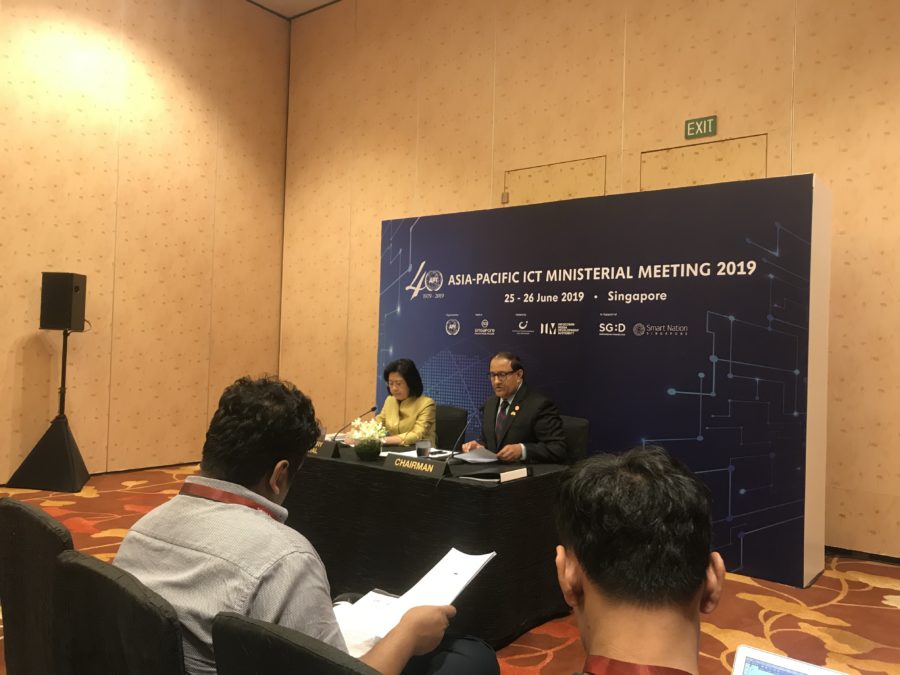
How important is digital trust?
The digital economy has multiple, transformative benefits. But, on the flip side of this is security and ensuring trust. These are key elements that must be addressed if we want to reap these benefits — people must be able to engage and trust that the data they’re sharing is being used appropriately.
We have a personal data protection act in place and a commission (pdpc) to oversee the legitimate use of data by enterprises, which takes appropriate measures to safeguard personal data. Regarding cyber security, protection must be a focus — we need to ensure this is addressed in the way we design systems in the first place.
The emergence of new technology like artificial intelligence has produced a new area of work with so much potential and scope. But, more work has to be done to engender a greater understanding of what AI entails and how it can be utilised for good. We have an advisory council that looks at the ethical use of AI and data — an issued framework that should guide enterprises in how they should use AI, while ensuring customers and clients can understand it without concerns over the ‘blackbox’.
To sum up, to ensure digital trust, we must focus on data protection, cyber security and address the trust implications from using new technologies.
The IMDA: two years on — “trust and innovation are two sides of the same coin”
Can regulations align across borders?
The reality today is that the different jurisdictions around the world are at different stages of data protection regulation: GDPR in Europe, the ASEAN Framework on personal data protection in Asia [and the California Consumer Privacy Act in the US].
Different areas are still studying this area of data protection regulation, but there is a keen awareness to address the issue. Every country doesn’t have to subscribe to a particular standard, but there should be sufficient commonality that allows for the flow of data — digital trust has to undercut all the efforts of the digital economy.
Personal data protection in any regulation and finding common standards that everyone can use and transact on that data won’t happen overnight.
Different countries are starting from different points and perspectives. The APT in the Asia-Pacific region is a useful platform where we can share thoughts among different countries and share best practice.
What’s your view on digital trade agreements?
We have embraced the idea of digital economy corporate agreements — which is a digital analogue to trade agreements. Today, we’re not just trading goods and services (produce), but bytes of data, which need different rules for cross-border transactions and engagement.
Singapore, Chile and New Zealand have already entered tri-lateral discussions on a Digital Economy Partnership Agreement (DEPA). Digital trade has to be developed like free trade agreements.
Countries now recognise that it’s not what you do in your borders, but what value you can generate cross-borders and we need rules to guide this.
When will Singapore feel the impact of 5G?
At the moment, we’re in a consultation process for 5G. The Infocomm Media Development Authority (IMDA) has been producing a document where telcos and other companies can share their views on use cases, roll out and impact. Once that is finalised then there will be a direct call to proposals. The IMDA has outlined the idea of two networks in Singapore, but this is subject to feedback from industry. We will roll out 5G next year.
Did you discuss including Huawei in your 5G preparations?
We did not discuss them specifically and we have no specific position on vendors.
Telecommunications infrastructure is the backbone of the economy — so we must ensure the resilience and security of that.
Any operator has to be able to satisfy the IMDA that their systems and equipment meet the secure standards of our government.
Helping traditional industry SMEs to embrace digital technologies
How can you close the digital divide? Is it important?
New technologies are changing business models and jobs, which is creating new opportunities. Those that have the required skill-sets will be able to participate. But, there are others who are already in the workforce, who don’t have these skills — so we must invest in skills development in the population and workforce: public, private and labour workforce.
The younger generation are in some way are digital natives, but we want them to emerge from basic education with digital skills and hit the ground running.
There is also a point of social inclusion. We don’t want to leave people behind — to benefit from our public and private services that use digital, people need to know how to procure information and engage with services.
Can you sum up Singapore’s ambition?
We have a smart nation vision and our own expectations about how to use technology to deliver better public services and better opportunities for business.
We want a digital government, a digital economy and a digital, inclusive society.
The smart nation: Singapore’s masterplan



